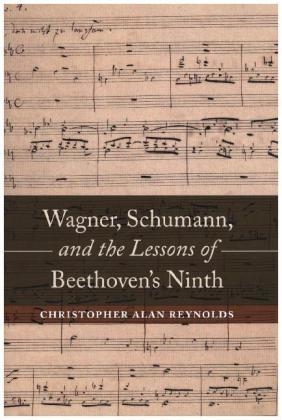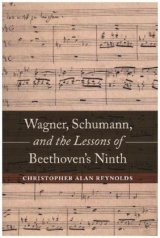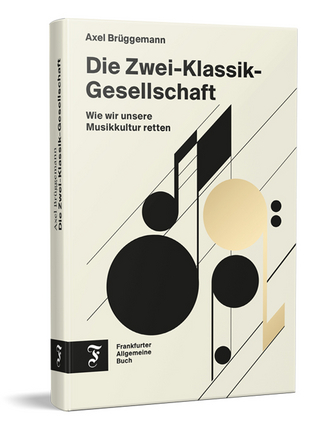Wagner, Schumann, and the Lessons of Beethoven's Ninth
University of California Press (Verlag)
978-0-520-28556-9 (ISBN)
Combining a novel examination of the historical record with careful readings of the music, Reynolds adds further layers to this argument, speculating that Wagner and Schumann may not have come to these discoveries entirely independently of each other. The trail of influences that Reynolds explores extends back to the music of Bach and ahead to Tristan and Isolde, as well as to Brahms's First Symphony.
Christopher Alan Reynolds is Professor of Music at University of California, Davis, and author of Papal Patronage and the Music of St. Peter's, 1380--1513 and Motives for Allusion: Context and Content in Nineteenth-Century Music (which was a finalist for the Otto Kinkeldey Award from the American Musicological Society in 2004). He is a past president of the American Musicological Society.
Preface Acknowledgments Introduction 1. Wagner's Faustian Understanding of Beethoven's Ninth 2. The Impact of the Ninth on The Flying Dutchman 3. Wagner, Thematic Dispersion, and Contrary Motion 4. Schumann, Thematic Dispersion, and Contrary Motion 5. Late Schumann, Wagner, and Bach 6. Brahms's Triple Response to the Ninth 7. Wagner and Schumann Appendix 1: Citations of Wagner's Possible Allusions and Influences in The Flying Dutchman Appendix 2: Contrary Motion Counterpoint in the First Movement of Beethoven's Ninth Symphony Appendix 3: Contrary Motion Counterpoint in The Flying Dutchman Appendix 4: Contrary Motion Counterpoint in the Fourth Movement of Schumann's Second Symphony Appendix 5: Contrary Motion Counterpoint in the First Movement of Brahms's First Symphony Abbreviations Notes Works Cited Index
| Zusatzinfo | 116 |
|---|---|
| Verlagsort | Berkerley |
| Sprache | englisch |
| Maße | 152 x 229 mm |
| Gewicht | 454 g |
| Themenwelt | Kunst / Musik / Theater ► Musik ► Klassik / Oper / Musical |
| ISBN-10 | 0-520-28556-5 / 0520285565 |
| ISBN-13 | 978-0-520-28556-9 / 9780520285569 |
| Zustand | Neuware |
| Haben Sie eine Frage zum Produkt? |
aus dem Bereich




